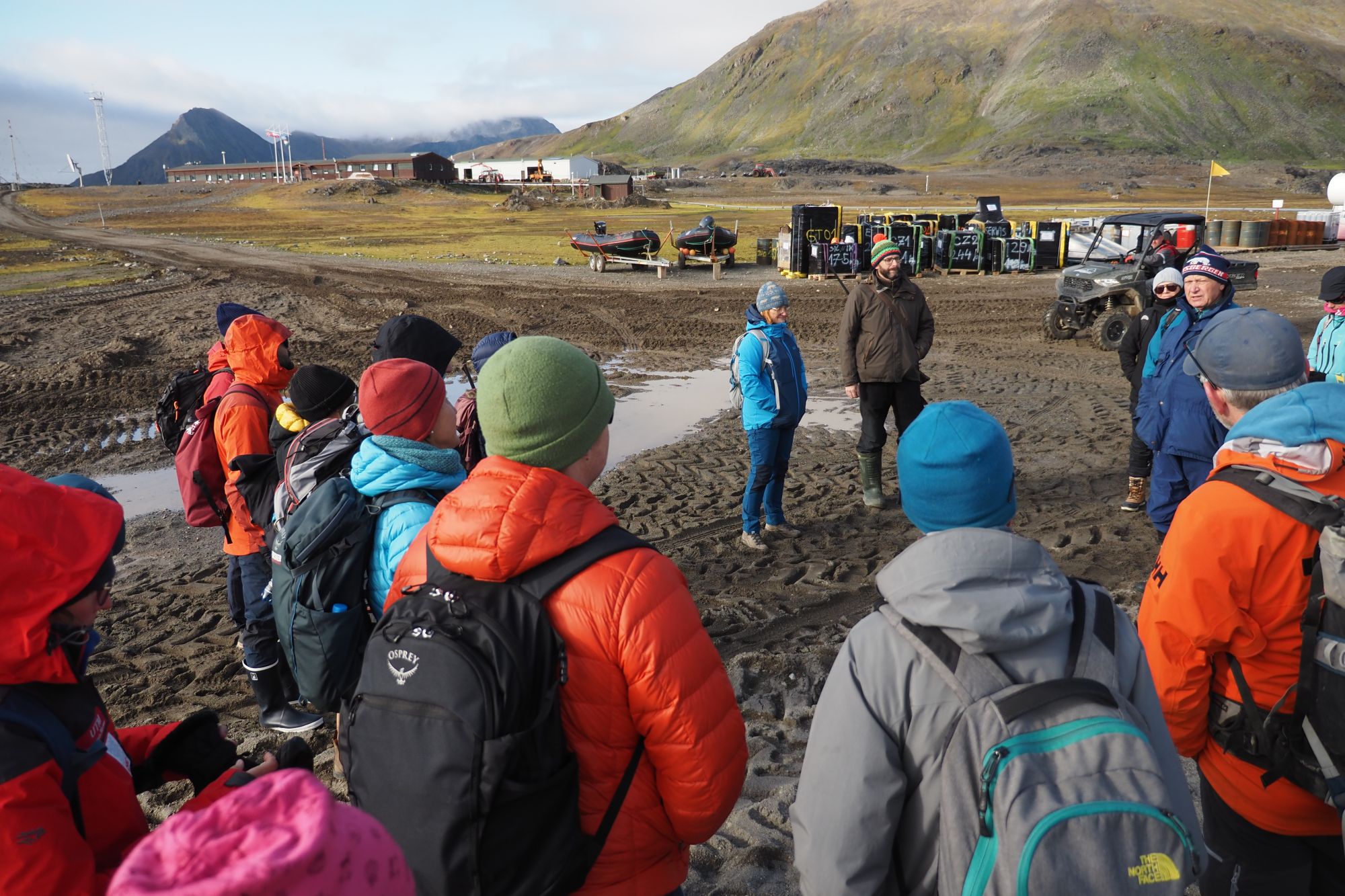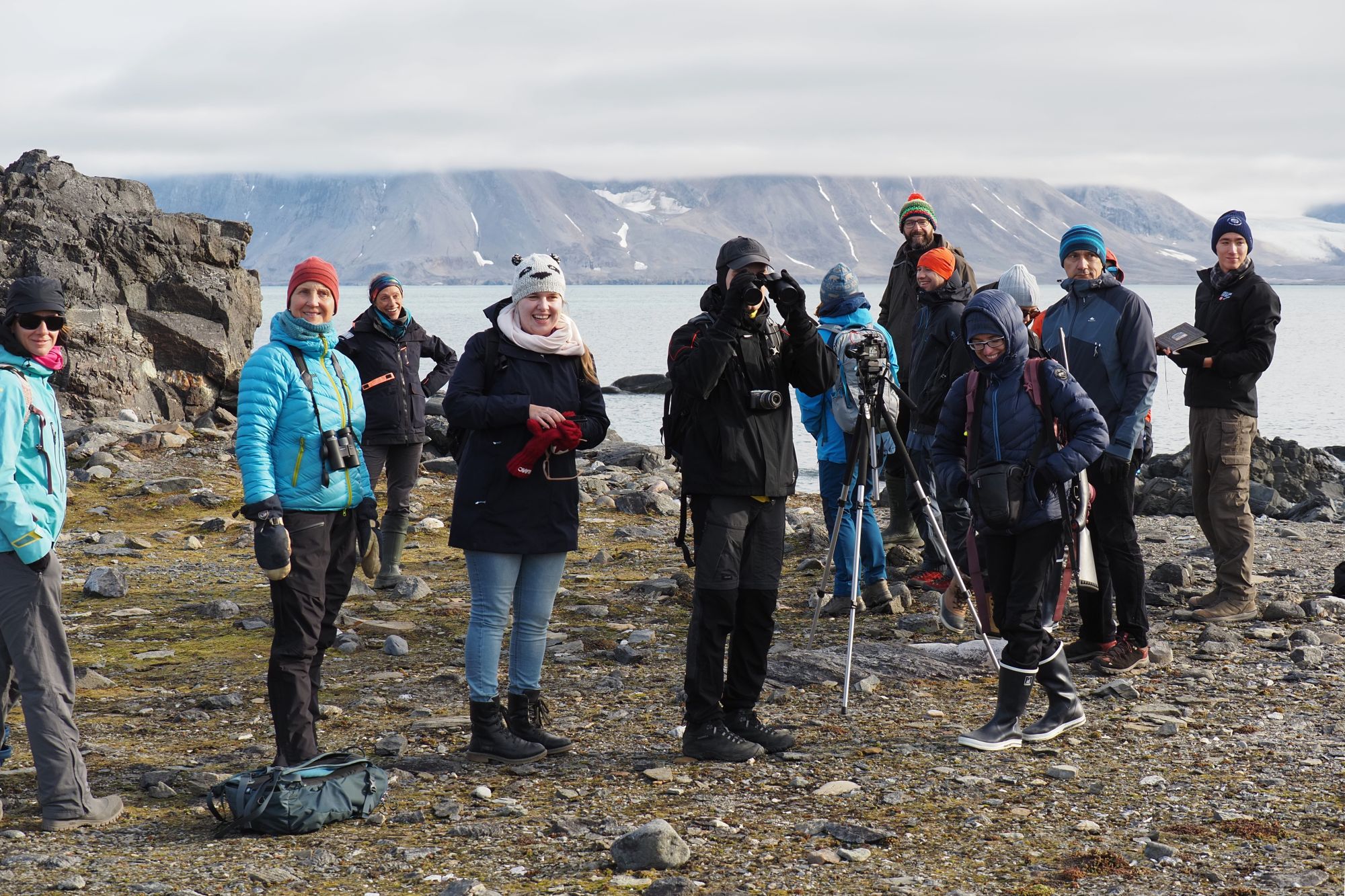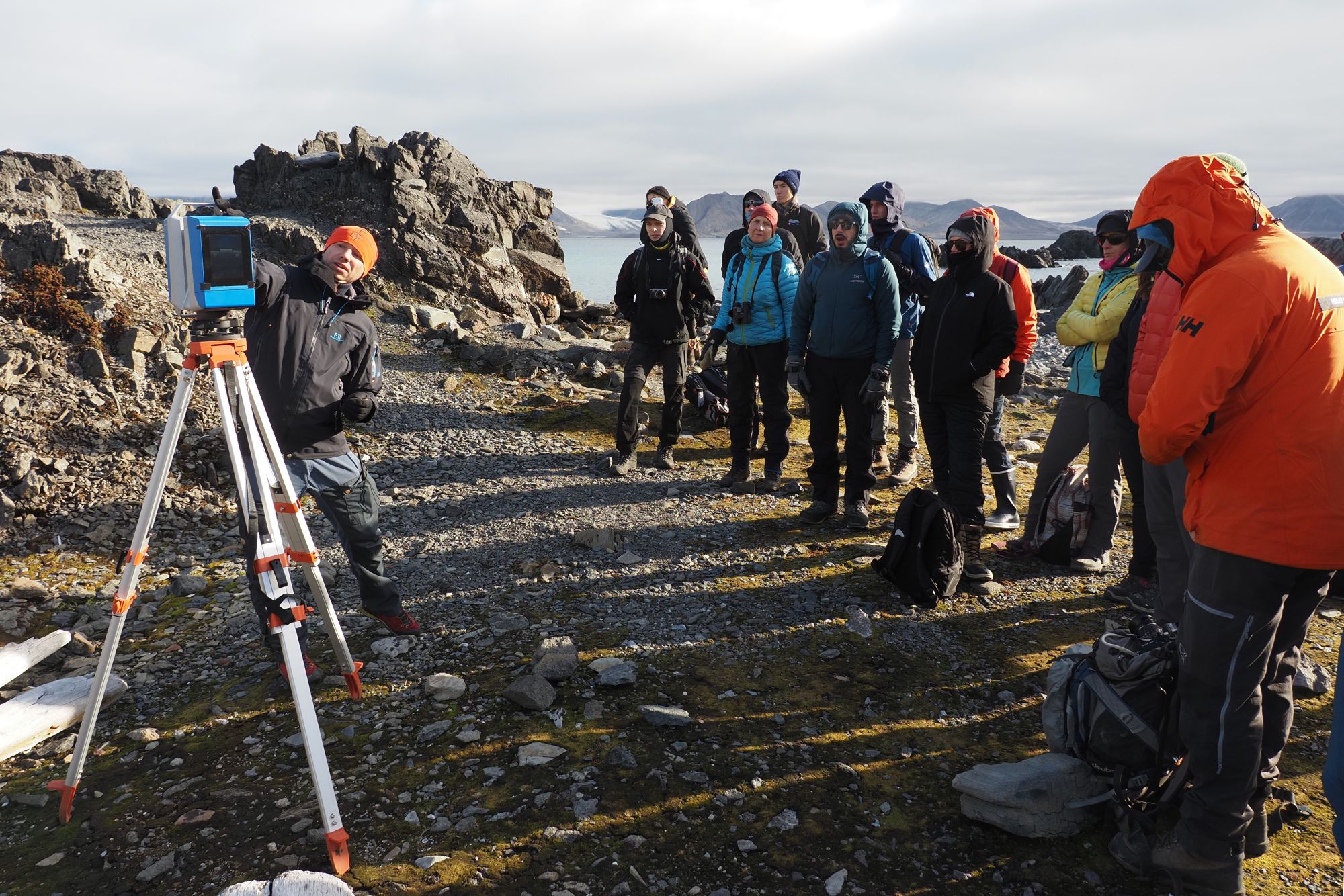Here it is at last! The official report from the Interdisciplinary Polar Studies (IPS-2023) Modular Meeting: Arctic Amplification–Glaciers–Environment, which took place over six days at the end of August and the beginning of September last year in Svalbard. Fancy reading it? Click here. The event was organized by the Centre for Polar Studies of the University of Silesia, in collaboration with a number of Polish and foreign institutions and organisations dealing with all things polar, which included:
- Institute of Geophysics of the Polish Academy of Sciences (IG PAS)
- Institute of Oceanology of the Polish Academy of Sciences (IO PAS)
- Svalbard Integrated Arctic Earth Observing System (SIOS)
- University Centre in Svalbard (UNIS)
- International Arctic Science Committee (IASC)
- Association of Polar Early Career Scientists (APECS)
- Polish Polar Consortium (PKPol)
- Committee on Polar Research of the Polish Academy of Sciences
The participants took part in a 2-day scientific conference in Longyearbyen and then in one of two exciting field workshops. And now we’re getting to the point of the story, which is the small, yet important contribution that the forScience team was asked to make to the event.

© Piotr Łepkowski

© Piotr Łepkowski

© Piotr Łepkowski

© Piotr Łepkowski

© Piotr Łepkowski
Those ISP-2023 participants who opted for the broader variant of the workshop made it, among others, to Hornsund, were we greeted them with a talk prepared especially for the occasion:
The cultural heritage of Svalbard – what we know, what we don't know and why it matters
The topic of the talk was linked directly to the New Dimensions project we were working on at the time, which involved recording the current state of the elements of Svalbard’s cultural heritage in southern Spitsbergen.
The Hornsund region, which – from the point of view of Svalbard’s exploration – was where it all started, made an excellent backdrop to a story of early and somewhat later human activity within the archipelago, told by Barbara Jóźwiak from the forScience Foundation. It was also a fine example of the unusual concentration and diversity of local heritage sites as well as serious differences in the state of their preservation, which the ISP-2023 folk also learned about. And then the story was taken over by Artur Adamek from Skala 3D, whose task in the New Dimensions project was to create three-dimensional models of selected heritage structures with the use of laser scanning. And so it’s hardly surprising that it was laser scanning that his talk focused on.
The field workshops made it possible for the participants of ISP-2023 to consider Svalbard from a new perspective and perhaps to better understand its current changes. We also hope that they provoked interdisciplinary insights and discussions, which will give rise to unique research questions and in the long run – polar innovation.

